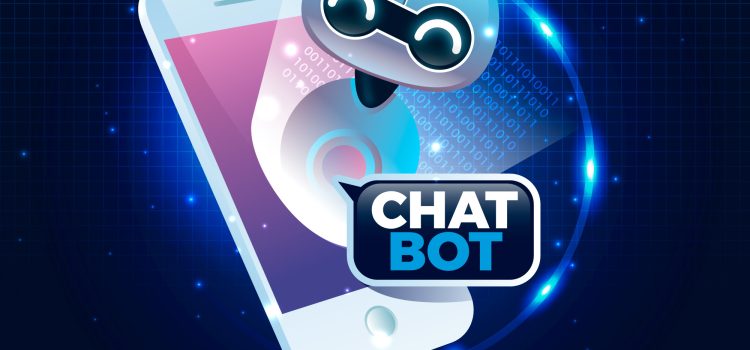
In the realm of artificial intelligence, a new era is upon us—one defined by the resurgence of chatbots as AI conversational companions. These digital allies are poised to revolutionize our interactions with technology, offering personalized assistance, streamlining processes, and enhancing customer experiences across diverse industries. As we stand on the precipice of a chatbot renaissance, their potential appears boundless, signaling a transformative shift in the way we engage with AI.
Chatbots, powered by advanced natural language processing and machine learning algorithms, are intelligent software programs designed to simulate human conversations. With an uncanny ability to understand user queries, interpret context, and provide real-time responses, they have become indispensable tools across a wide range of sectors. From customer support and sales to healthcare and education, chatbots are reshaping traditional paradigms and ushering in a new era of seamless human-machine interaction.
The chatbot resurgence is fueled by several key catalysts. Foremost among them is the exponential growth in AI capabilities, enabling chatbots to comprehend and respond to human queries with remarkable accuracy. This breakthrough has blurred the boundaries between human and machine communication, opening up a world of possibilities for personalized and meaningful interactions.
Furthermore, the ubiquity of messaging apps and social media platforms has provided an ideal platform for chatbot integration. Companies are capitalizing on the popularity of these channels to deliver tailored services, instantaneous support, and targeted marketing campaigns through chatbot interactions. This not only elevates user experiences but also enables businesses to engage with customers on a massive scale, around the clock.
One of the greatest advantages of chatbots lies in their ability to handle repetitive and mundane tasks, liberating human agents to focus on more complex and value-added activities. In customer support, for example, chatbots efficiently manage routine inquiries, provide instant responses, and guide users through basic troubleshooting steps. This not only expedites response times and reduces wait periods but also ensures consistent service quality.
In the realm of e-commerce, chatbots are revolutionizing the customer journey. By analyzing user preferences and browsing history, chatbots offer personalized product recommendations, address queries, and facilitate seamless transactions—all within the confines of the messaging interface. This not only enhances the overall shopping experience but also fosters customer satisfaction and loyalty.
Healthcare is yet another domain witnessing the transformative power of chatbots. Intelligent healthcare assistants are being deployed to provide initial assessments, dispense medical advice, and schedule appointments. These chatbots rapidly analyze symptoms, offer pertinent healthcare information, and guide patients toward appropriate care pathways. By minimizing wait times and providing accessible healthcare guidance, chatbots have the potential to revolutionize the delivery of medical services.
The education sector, too, is undergoing a profound shift as chatbots emerge as valuable educational allies. Intelligent tutoring systems offer personalized learning experiences, adapt to individual student needs, and provide real-time feedback. Through interactive conversations, these chatbots engage students, provide explanations, and facilitate self-paced learning. With their scalability, chatbots hold the promise of extending educational resources to a wider audience, transcending geographical boundaries.
As we embrace the chatbot renaissance, ethical considerations come to the fore. Safeguarding data privacy, ensuring transparent interactions, and avoiding biases are critical elements in the responsible deployment of chatbots. Navigating the ethical implications surrounding chatbot development and usage is vital to maintain trust and protect user interests.
The future of chatbots is poised for even greater strides. As AI technologies continue to evolve, chatbots will become increasingly conversational, empathetic, and context-aware. Advancements in voice recognition, multi-language support, and integration with emerging technologies such as augmented reality and virtual reality will further enhance the capabilities of chatbots, cementing their status as indispensable companions in our daily lives.
In unlocking the chatbot renaissance, we unlock a world of possibilities—a world where AI conversational companions seamlessly collaborate with us, understand our needs, and enhance our experiences. The abundance of chatbots signals a new chapter in the human-machine relationship, one that promises to shape the way we interact with technology and propel us into a future where intelligent assistance is readily at our fingertips.










